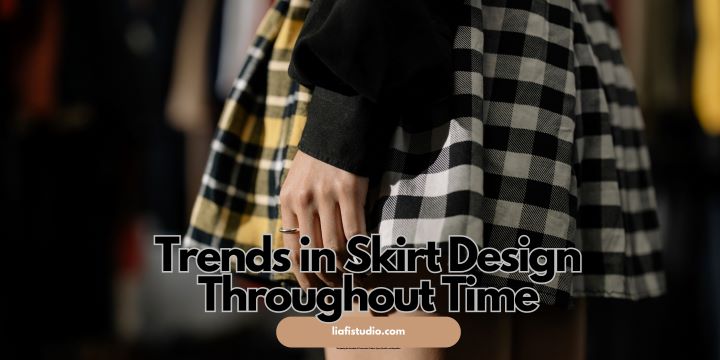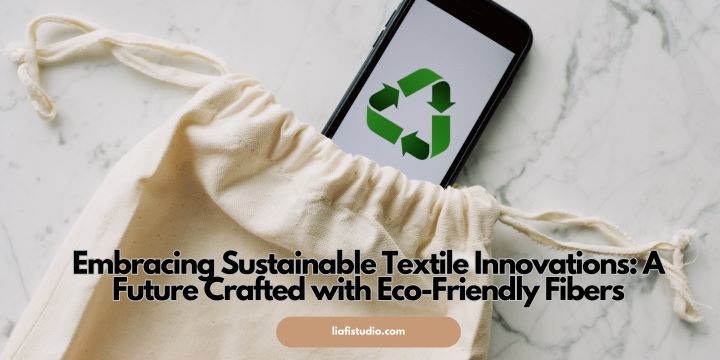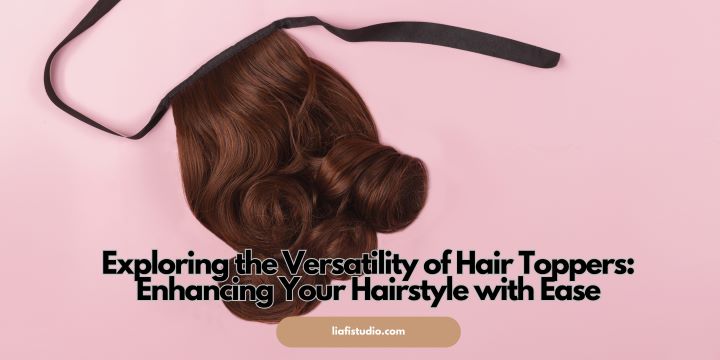The skirt, a symbolic article of women’s clothing, narrates a story that flows through time, tracing the contours of societal shifts and the strides of feminism. This garment has repeatedly been at the vanguard of fashion revolutions, embodying the spirit of the epochs while enabling women to express their identity and status. In examining the evolution of skirts across decades, we uncover more than a mere succession of trends; we discover a reflection of cultural transformation and resistance.
From the figure-hugging outlines of the pencil skirt to the liberating short hemlines of the flapper epoch, the history of dresses for women delineates a fascinating trajectory paralleling the ongoing battle for gender equality. As we browse through each pivotal fashion moment, we are reminded of the enduring link between what we wear and how we live. Let us, then, step into the whirls of the past to unravel the intricate relationship between society and the evolving design of women’s skirts.
Key Takeaways:
- Skirt styles serve as a vivid chronicle of fluctuating social and fashion norms.
- Feminine empowerment has often been mirrored through various skirt designs.
- Contemporary trends draw from the past while embracing ethical manufacturing and environmental sustainability.
Table of Contents:
- The Roaring Twenties and the Flapper Skirt Phenomenon
- The 1930s and 1940s: From Depression Era to Wartime Practicality
- The 1950s: The Birth of the Poodle Skirt and Circle Silhouettes
- The Swinging Sixties and the Mini Skirt Revolution
- The 1970s: Bohemia and the Midi Skirt
- Power Dressing of the 1980s: Pencil Skirts and Bold Statements
- The 1990s and the Grunge Movement: Deconstructing Skirt Norms
- Contemporary Skirt Trends and Sustainable Fashion
The Roaring Twenties and the Flapper Skirt Phenomenon
Exuding to the jazz-tinged exuberance of the Roaring Twenties, the flapper skirt became a crucible of modernity during an era of radical societal change. Cutting across the ballroom floor with newfound brevity, skirts in the 1920s were infused with beaded embellishments and fringe trims that danced with each Charleston step. This spirit of rebellion against the corseted past was a fashion statement and a declaration of social autonomy, with women advocating their right to vote, work, and lead lives distinct from domestic confines.
The 1930s and 1940s: From Depression Era to Wartime Practicality
As the world lurched into economic desolation during the Great Depression and, later, into the throes of global conflict, skirt styles mirrored the austere mood. Fashion took on a pragmatic front, with midi-length A-lines and subdued colors dominating the scene. Restricted resources due to war catalyzed the “make do and mend” attitude, giving rise to adaptable and durable skirts that women could wear across seasons. The era beheld fashion as a means of survival rather than a mere tool for extravagance.
The 1950s: The Birth of the Poodle Skirt and Circle Silhouettes
In stark contrast to the previous decades, the 1950s unveiled a wealth of sartorial opulence. The introduction of the poodle skirt, a vast, swinging circle skirts for women often adorned with felt appliqués of poodles or other motifs, spoke volumes about the buoyant mood of post-war America. As soldiers returned and families re-established normalcy, the circle skirt encompassed the booming prosperity and hinted at the burgeoning youth culture that would soon take center stage in fashion.
The Swinging Sixties and the Mini Skirt Revolution
The Sixties swung in with a radical break from the past, encapsulated by the mini skirt, a garment that encapsulates the era’s pursuit of freedom and individuality. Once on the edge of fashion, the mini became a mainstream emblem of youthful defiance championed by designers like Mary Quant. It exemplified the democratization of fashion, with the young generation reshaping social norms and challenging the established order with every hemline raised.
The 1970s: Bohemia and the Midi Skirt
Following the turbulent Sixties, the Seventies shifted toward an ethos of peace and love, translating into a fashion language that incorporated midi skirts and natural fibers. The bohemian style took hold with ethereal, flowing silhouettes, translucent fabrics, and a laid-back elegance that synced with the rhythm of folk music and the freedom of dance. In contrast, the disco era brought glitz to the midi, infusing them with sequins and metallic sheens as women danced away the nights under disco balls.
Power Dressing of the 1980s: Pencil Skirts and Bold Statements
The assertiveness of 1980s fashion drove women’s attire to new heights of confidence, with the pencil skirt emerging as an icon of power dressing. A symbol of corporate ascent, the pencil skirt became the centerpiece of the female executive wardrobe, pairing functional elegance with authority. Designers tailored these skirts to assert a narrative of control and ambition, and the shoulder pads and tailored waists were more than fashion. They were statements of intent in a decade marked by high stakes and higher aspirations.
The 1990s and the Grunge Movement: Deconstructing Skirt Norms
Contrasting the polished presence of the prior decade, the Nineties challenged the established fashion codes. The era’s skirts saw a convergence of styles from distressed denim to maxi lengths paired unceremoniously with combat boots. The grunge movement dismissed the meticulously constructed looks for raw and unfiltered authenticity. It was fashion interrupted, giving a voice to a generation eager to express their individuality through the raw energy of their music and the unrestrained silhouettes of their skirts.
Contemporary Skirt Trends and Sustainable Fashion
Today’s fashion narrative sifts through decades of skirt designs, merging vintage charm with cutting-edge sustainable practices. Current trends emphasize a blend of influence and initiative, urging a move away from fast fashion’s fleeting cycles to embrace vintage pieces’ longevity and narrative depth. Ethical manufacturing and environmentally friendly materials dominate today’s skirt production, drawing on a legacy of style but rewriting it for the conscious consumer.
The trip through the decades mirrors our narratives, with each twist and turn representing the achievements and difficulties of the era. Its evolution is a chronicle of our collective stride ahead. It is a fabric-bound tribute to progress, resilience, and unwavering assertion of self, whether the daring slash of a tiny skirt from the Sixties or the modern midi created responsibly. While we remember the skirts that rocked the fashion world, we also look forward to the designs that will take us into the next few decades. These clothes will keep changing to reflect cultural trends and leave an enduring legacy.




